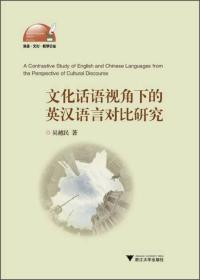
文化话语视角下的英汉语言对比研究
¥ 21.78 4.5折 ¥ 48 九品
仅1件
作者吴越民 著
出版社浙江大学出版社
出版时间2015-05
版次1
装帧平装
货号A9
上书时间2024-10-23
- 最新上架
商品详情
- 品相描述:九品
图书标准信息
- 作者 吴越民 著
- 出版社 浙江大学出版社
- 出版时间 2015-05
- 版次 1
- ISBN 9787308145039
- 定价 48.00元
- 装帧 平装
- 开本 16开
- 纸张 胶版纸
- 正文语种 简体中文
- 【内容简介】
- 吴越民所著的《文化话语视角下的英汉语言对比研究》阐述语言与文化的相互制约和影响。其创新之处在于把当代话语分析理论运用到中英语言和文化的比较中,把两者结合起来研究:从文化现象去阐释语言,探讨文化对语言的形成和制约作用以及英汉语言的人文属性;同时又从语言现象去阐释文化,以语言为媒介来介绍文化,探究语言现象中隐含的民族文化心理,比较中英语言间的差异和共性。
- 【目录】
-
Chapter 1 Language and Culture
1.1 Language
1.1.1 The Definition of Language
1.1.2 The Components of Language
1.1.3 The Characteristics of Language
1.2 Culture
1.2.1 The Definition of Culture
1.2.2 The Components of Culture
1.2.3 The Characteristics of Culture
1.2.4 The Elements of Cultural Patterns
1.2.5 High-context and Low-context Cultural Patterns
1.2.6 Culture and Related Terms
1.3 Relationship between Language and Culture
1.3.1 Language Is Part of Culture
1.3.2 Language Is the Carrier and Container of Culture
1.3.3 Language Is Strongly Influenced and Shaped by Culture
1.3.4 Language Exerts Its Influence on Culture
1.3.5 Language and Culture Influence and Shape Each Other.
Chapter 2 Discourse and Semiotics
2.1 Discourse
2.1.1 The Definition of Discourse
2.1.2 Language and Discourse
2.1.3 The Definition of Discourse Analysis
2.1.4 Cultural Discourse
2.2 Semiotics
2.2.1 The Definition of Semiotics
2.2.2 Sign Systems
2.2.3 Cultural Semiotics
2.2.4 Codes
2.2.5 Symbols
2.2.6 Semiotic Analysis
Chapter 3 Semantics and Contexts
3.1 Semantics
3.1.1 Word Meanings
3.1.2 ConceptualMeanings andAssociative Meanings
3.2 Contexts
3.2.1 Social Contexts
3.2.2 Cultural Contexts
3.3 Semantic Differences
3.3.1 Words with Basically the Same Conceptual and Associative Meanings
3.3.2 Different Words Conveying the Same Cultural Meanings
3.3.3 Same Words Conveying Different Associative Meanings
3.3.4 Words with Surface Similarity butActual Semantic Differences
3.3.5 Lexical Gaps in Different Cultures
Chapter 4 Animals and Plants
4.1 Animals
4.1.1 Dog(狗)
4.1.2 Fish(鱼)
4.1.3 Sheep(羊)
4.1.4 Horse(马)
4.1.5 Lion(狮)
4.1.6 Tiger(虎)
4.1.7 Cattle(牛)
4.1.8 Rabbit(兔)
4.1.9 Tortoise(龟)
4.1.10 Owl(猫头鹰)
4.1.11 Bat(蝙蝠)
4.1.12 Crane(仙鹤)
4.1.13 Magpie(喜鹊)
4.2 Plants
4.2.1 Rose(玫瑰)
4.2.2 Plum(梅),Orchid(兰),Bamboo(竹)and Chrysanthemum(菊)
4.2.3 Pine(松)
4.2.4 Bodhi Tree(菩提树)
4.2.5 Lotus(莲花,荷花)
4.2.6 Apple(苹果)
4.2.7 Peach(桃)
4.2.8 Willow(柳)
Chapter 5 Colors and Numbers
5.1 Colors
5.1.1 Red(红)
5.1.2 White(白)
5.1.3 Black(黑)
5.1.4 Green(绿)
5.1.5 Yellow(黄)
5.1.6 Blue(蓝)
5.1.7 Grey(灰)
5.1.8 Pink(粉红)
5.1.9 Purple(紫)
5.2 Numbers
5.2.1 One(一)
5.2.2 Two(二)
5.2.3 Three(三)
5.2.4 Four(四)
5.2.5 Five(五)
5.2.6 Six(六)
5.2.7 Seven(七)
5.2.8 Eight(八)
5.2.9 Nine(九)
5.2.10 Ten(十)
5.2.11 Thirteen(十三)
Chapter 6 Grammar and Text
6.1 Grammar
6.1.1 Morphemes
6.1.2 Syntactical Rules
6.1.3 Explicit Grammar and Implicit Grammar
6.1.4 Subjects and Objects
6.1.5 Paratactic and Hypotactic Relations
6.1.6 Branching and Linear Sentence Patterns
6.1.7 Word Order
6.1.8 Cultural Differences behind Grammar
6.2 Text
6.2.1 The Definition of Text
6.2.2 Cohesion and Coherence
6.2.3 Textual Connectives
6.2.4 Textual Structures
6.2.5 Cultural Differences behind Text
Chapter 7 Simile and Metaphor
7.1 Simile
7.1.1 The Definition of Simile
7.1.2 Cultural-alike Associations in English and Chinese Similes
7.1.3 Cultural-distinct Associations in English and Chinese Similes
7.2 Metaphor
7.2.1 The Definition of Metaphor
7.2.2 Cultural Metaphors
7.2.3 Cultural-alike Associations in English and Chinese Metaphors.
7.2.4 Cultural-distinct Associations in English and Chinese Metaphors
7.3 Translation
7.3.1 Literal Translation
7.3.2 Cultural Translation
Chapter 8 Idioms and Proverbs
8.1 Idioms
8.1.1 Cultural Similarities between Chinese and English Idioms
8.1.2 Cultural Disparities between Chinese and English Idioms
8.2 Proverbs
8.2.1 Some Equivalent Proverbs in English and Chinese
8.2.2 Proverbs Related to Different Religions
8.2.3 Proverbs Derived from Literary Works
8.2.4 Proverbs Originating from Geographical Environments
8.2.5 Proverbs Reflecting Values and Viewpoints
Chapter 9 Allusions and Euphemisms
9.1 Allusions
9.1.1 Allusions from Literature
9.1.2 Allusions from History
9.1.3 Allusions from Mythology and Legends
9.1.4 Allusions from Sports
9.1.5 The Contrastive Analysis of English and Chinese Allusions
9.2 Euphemisms
9.2.1 To Avoid Taboos
9.2.2 To Show Politeness
9.2.3 To Conceal Truth
Chapter 10 Taboos and Sexism
10.1 Taboos
10.1.1 The Definition of Taboo
10.1.2 Verbal Taboos in Different Cultures
10.1.3 Nonverbal Taboos in Different Cultures
10.2 Sexism
10.2.1 Sexist Language in English
10.2.2 Sexist Language in Chinese
Chapter 11 Advertising and Culture
11.1 The Definition of Advertising
11.2 The Development of Advertising
11.2.1 The Evolution of Western Advertising
11.2.2 Chinese Economic Reform and Advertising
11.3 The Techniques of Advertising
11.4 The Linguistic Features of Advertising
11.4.1 Phonetic Features of Advertisements
11.4.2 Lexical Features of Advertisements
11.4.3 Rhetorical Devices of Advertisements
11.5 Brand Names
11.5.1 Brand Names and Cultural Connotations
11.5.2 Coinages in English and Chinese Brand Names
11.5.3 Exotic Flavor in English and Chinese Brand Names
11.5.4 Cultural Connotations in English and Chinese Brand Names
11.6 Logos
11.7 Cultural Differences in English and Chinese Advertising
11.7.1 Advertising Legislations in Different Cultures
11.7.2 Family Image in Chinese Advertisements
11.7.3 Authoritative Worship and Factual Proofs
11.7.4 Collective Orientation and Individualistic Centeredness
Glossary (Index of Important Terms)
Bibliography
— 没有更多了 —


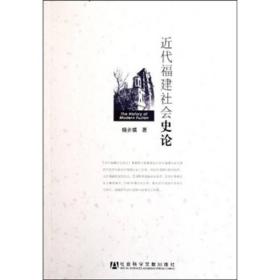

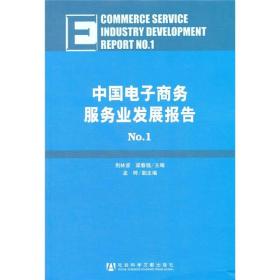


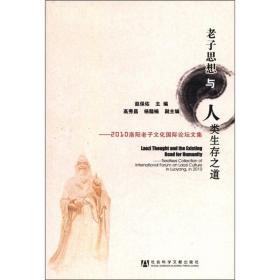

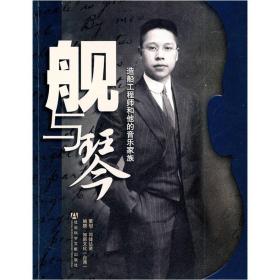
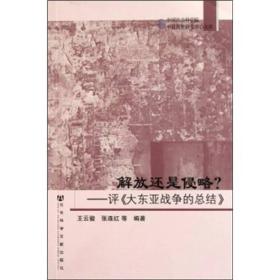

以下为对购买帮助不大的评价